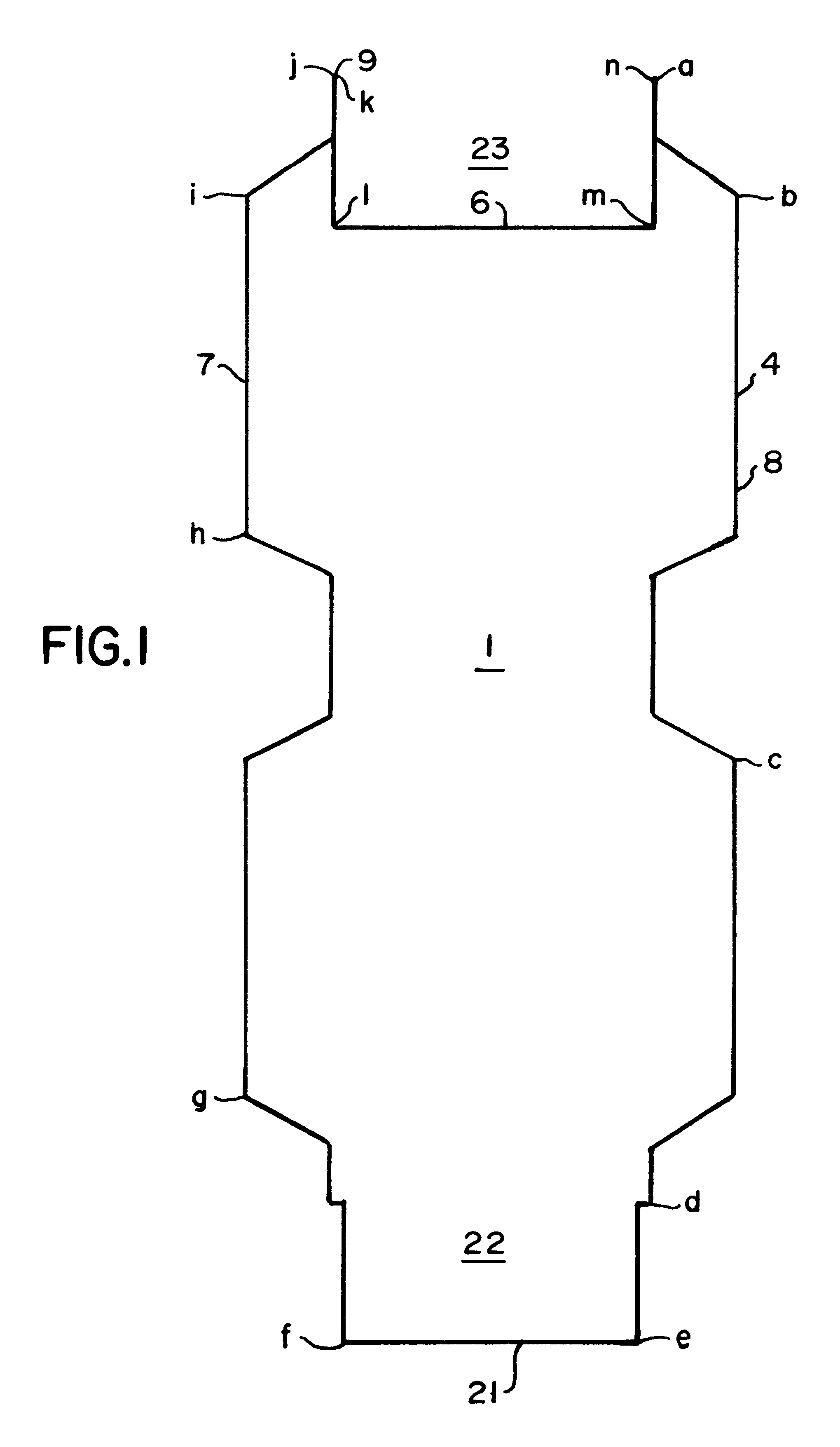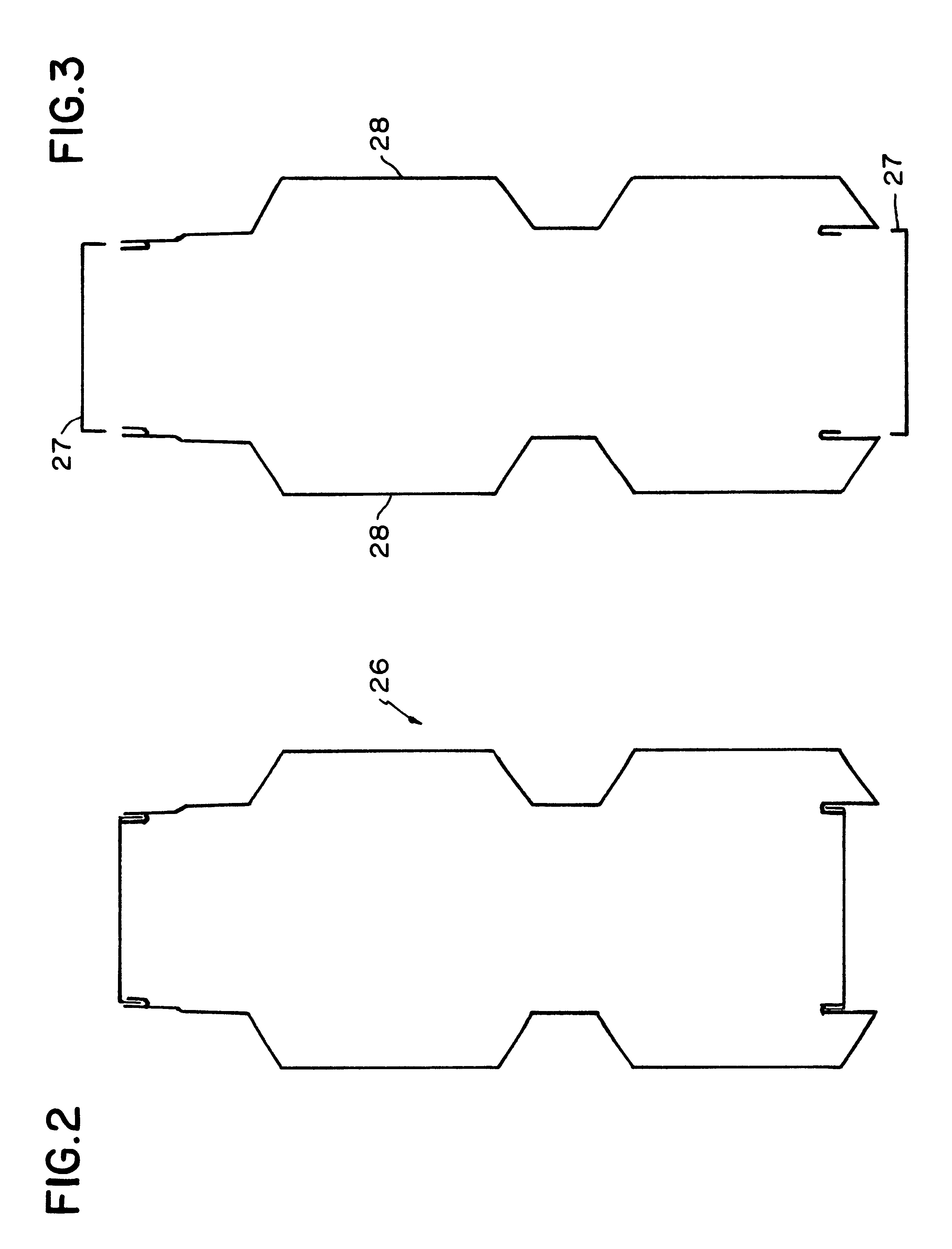Building element
a technology of building elements and components, applied in the direction of girders, walls, joists, etc., can solve the problems of inability to bond with aerated concrete, heavy weight of composite steel in concrete structures, and inability to easily manipula
- Summary
- Abstract
- Description
- Claims
- Application Information
AI Technical Summary
Benefits of technology
Problems solved by technology
Method used
Image
Examples
Embodiment Construction
Preferably the first end and the second end are so shaped that the first end of one such building element is adapted to engage with the second end of another such building element.
However, plain ends may be acceptable in some instances.
Preferably the sheath comprises at least two components which can interengage with one another to form the sheath. In one instance the sheath comprises four components.
In the last instance, two components define the faces and two components define the edges.
A plurality of such building elements may be assembled edge to edge to form walls, floors, roof, cladding or other parts of a building.
The building elements may extend horizontally, vertically or as desired.
The material of which the sheath is formed need only satisfy the tensile strength requirement.
Suitable materials for the sheath include mild steel, high tensile steel, carbon fibre materials, extruded materials, synthetic plastic-cement fibre composite and asbestos cement or modem replacement th...
PUM
 Login to View More
Login to View More Abstract
Description
Claims
Application Information
 Login to View More
Login to View More - R&D
- Intellectual Property
- Life Sciences
- Materials
- Tech Scout
- Unparalleled Data Quality
- Higher Quality Content
- 60% Fewer Hallucinations
Browse by: Latest US Patents, China's latest patents, Technical Efficacy Thesaurus, Application Domain, Technology Topic, Popular Technical Reports.
© 2025 PatSnap. All rights reserved.Legal|Privacy policy|Modern Slavery Act Transparency Statement|Sitemap|About US| Contact US: help@patsnap.com



